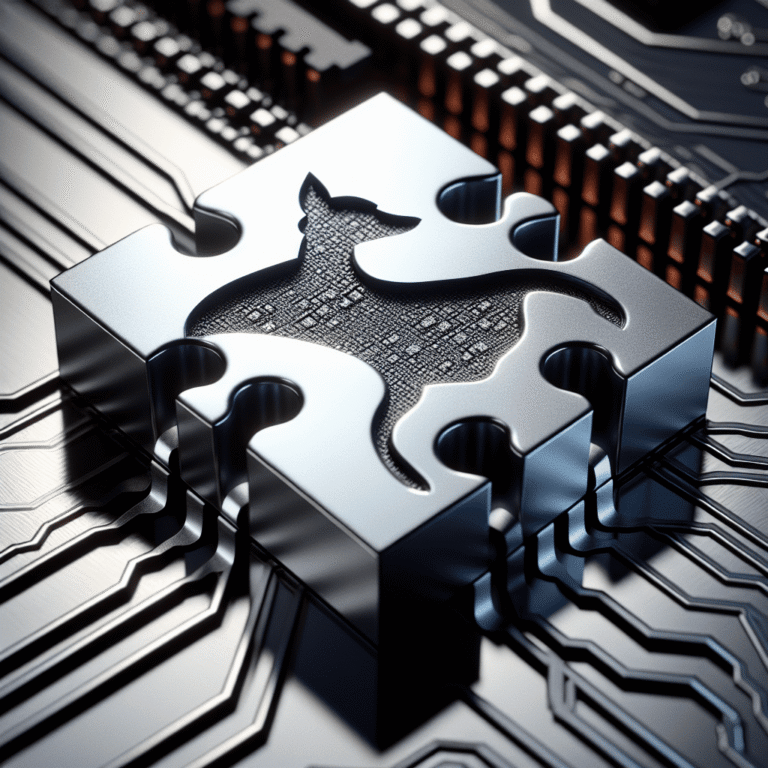TSMC is advancing its plans to mass-produce chips based on its 2 nanometer node later this year, attracting leading semiconductor clients including AMD and, reportedly, Intel. Industry reports suggest that Intel has joined AMD as one of TSMC’s first 2nm process customers, with intentions to utilize this state-of-the-art technology for the forthcoming Nova Lake desktop processors. Previously, Intel collaborated with TSMC for compute tiles in its Core Ultra series—spanning across N3B, N5P, and N6 nodes for the Lunar Lake and Arrow Lake chips. This ongoing partnership is seen as a strategic move as Intel readies its NVL-S, or Nova Lake, family for a 2025 launch.
The anticipated Nova Lake desktop CPUs are rumored to feature a highly complex architecture. Each processor will combine two clusters of eight high-performance ‘Coyote Cove’ P-cores with sixteen ‘Arctic Wolf’ energy-efficient E-cores, supported by four ultra-low-power LPE cores residing in a distinct SoC tile. Reports indicate that Nova Lake-S chips will adopt the LGA 1954 platform, providing 1,954 active lands and potentially exceeding 2,000 total contacts to accommodate debugging and advanced connectivity features. While neither Intel nor TSMC has confirmed these developments, industry sources maintain that their deepening cooperation is aimed at propelling Intel’s next generation of desktop CPUs into the future of high-performance computing.
Meanwhile, TSMC’s 2nm node leverages first-generation nanochip transistor technology, promising significant gains in performance and energy efficiency. AMD, another early TSMC partner for 2nm, has announced its upcoming EPYC ‘Venice’ server processors—which achieved initial validation at TSMC’s Arizona facility and are scheduled for a 2026 debut. Additionally, Apple is expected to incorporate the 2nm process for its rumored A20 chipset, set to power the iPhone 18 lineup. TSMC’s successful push into 2nm manufacturing marks a new era of semiconductor innovation, positioning industry giants like Intel, AMD, and Apple to benefit from the enhanced capabilities and competitiveness that next-generation nodes provide.

